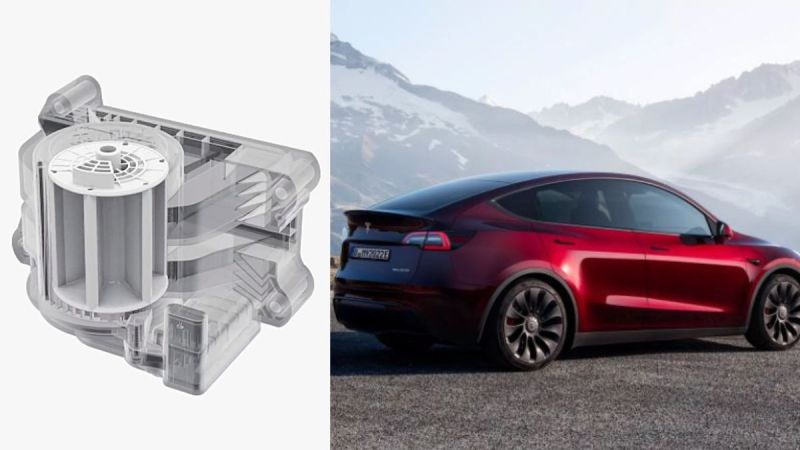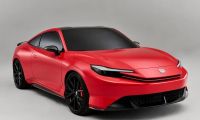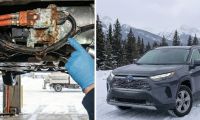Heat pumps have become a common feature in electric cars, with Volkswagen initially being the first to introduce this technology for their ID electric cars. Tesla, however, has since followed suit and equipped their Model S and Model X with the same features since their refreshment. Despite the increased use of heat pumps in electric cars, Volkswagen and Audi have experienced a shortage of heat pump chips, leading to their discontinuation of heat pumps in their cars for the time being. Tesla has taken advantage of the situation and used the time of year to emphasize the advantages of heat pumps, which they first introduced with the Model Y.
Tesla integrated with Octovalve
Heat pumps for houses are currently getting more attention and support in Germany, among other places, as well as the prospect that they will be throttled together with electric car charging stations if local power grids threaten to fail. They can also save electricity in electric cars because they use energy from the environment and are therefore more efficient than simple heating elements. However, implementation is also very important, explains TeslaMag in the coverage of this topic. Heat pump was a Tesla China improvement in 2020,by the way.
Heat pumps can help improve the bad reputation of electric cars with less range and slower charging in winter, explains one of the engineers in the new Tesla video. Normally they would be realized by adding a lot of components. At Tesla, however, the aim was to reduce complexity. The result of these efforts is, among other things, the new "octovalve": a component playfully marked with an octopus logo, which conducts the cooling (and heating) medium via different paths depending on the required mode (see above).
That and other integrations make the heat pump system the biggest innovation from the company's thermal engineering team, according to a Tesla engineer in the video. CEO Elon Musk also made a similar statement shortly after the Model Y was introduced in spring 2020: It was the best piece of engineering work he had seen in a long time and actually physically impossible, he wrote about it on Twitter. He later toyed with the idea of producing an air conditioning, heating and ventilation system for houses with Tesla on this basis, but later it was quiet again.
472 Inches Less Hose in The Tesla Model Y
The team of industry consultant Sandy Munro had already shown that not all heat pumps are the same : they compared the system in the Model Y to that in the Ford Mustang Mach-E, which is less lean and integrated in many respects - for example, it needs it 18.4 meters of hoses instead of 6.35 meters as in the Tesla. That's 472 inches less hose in the Tesla Model Y. According to information in the current Tesla video, the extensive innovation work has paid off: When heating, the efficiency can be three to four times higher, it says (probably compared to classic solutions). Another voice explains that the energy consumption could be 15-20 percent lower.
Also see: In Extreme Cold, Which Model 3 Heats Up Faster?
Armen Hareyan is the founder and the Editor in Chief of Torque News. He founded TorqueNews.com in 2010, which since then has been publishing expert news and analysis about the automotive industry. He can be reached at Torque News Twitter, Facebok, Linkedin and Youtube.











